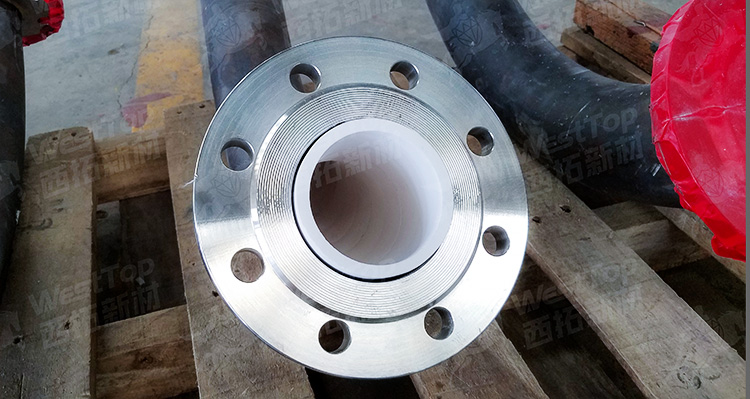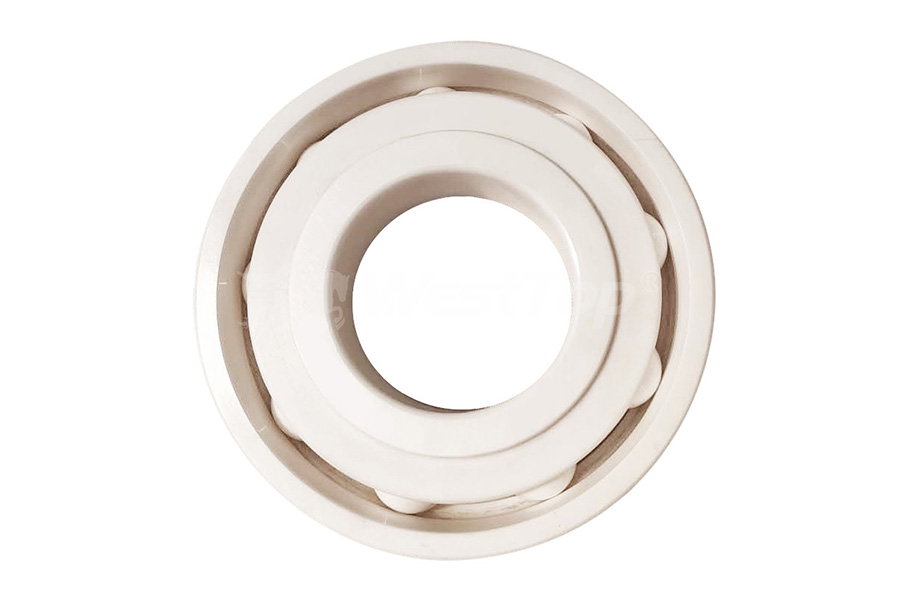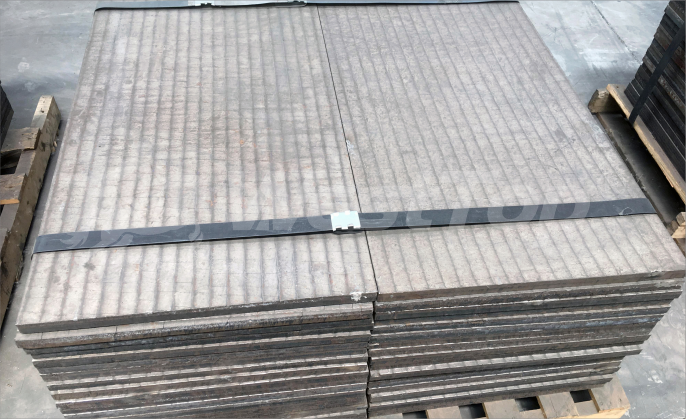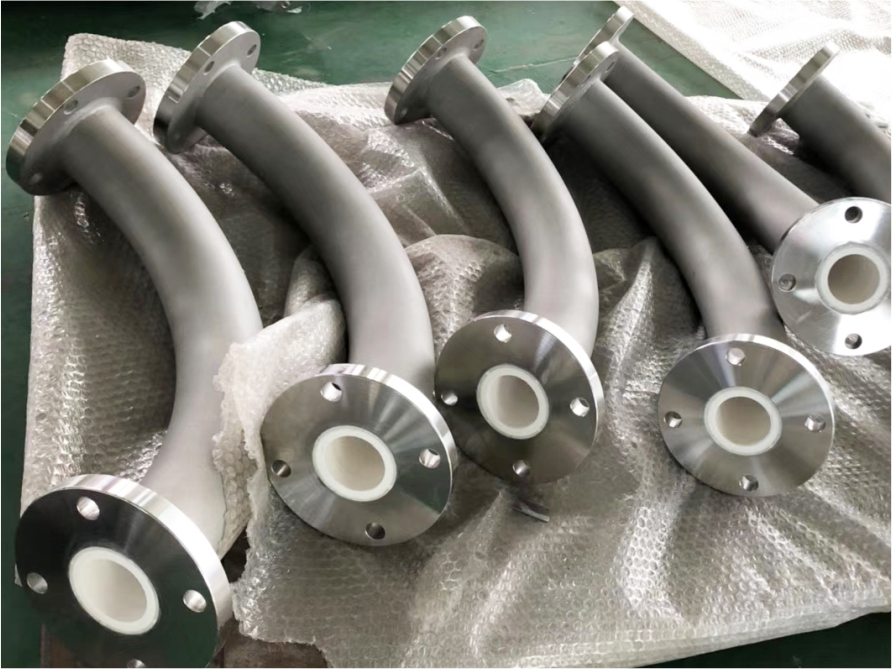Alumina ceramic has gained widespread application across various industries due to its exceptional performance, particularly in high-temperature environments. As industrial production continues to evolve, an increasing number of manufacturers are focusing on the utilization of alumina ceramic in diverse fields. A prominent application is the lining of transportation pipelines with alumina ceramic. This article aims to provide a comprehensive overview of the morphology and a thorough analysis of the advantages and disadvantages associated with lining transportation pipelines using alumina ceramic.
The alumina ceramic lining for equipment pipes serves as a primary material utilized in industrial fluid transport pipeline linings. Its outstanding performance enables it to withstand extreme temperatures, high pressures, and corrosive damage effectively. This material plays a crucial role in safeguarding equipment pipes from external environmental influences while enhancing operational efficiency. The effectiveness of alumina ceramic linings in transport pipelines is significantly improved when processed through injection molding technology; by incorporating varying proportions of additives during processing, distinct performance characteristics can be achieved. Generally speaking, alumina ceramics exhibit high hardness and excellent wear resistance, allowing them to maintain stable performance under conditions involving high-speed operations.

1. Advantages of Alumina Ceramic Pipes:
(1) Excellent Corrosion Resistance:
Alumina ceramics possess remarkable corrosion resistance that allows them to perform well in highly acidic or alkaline environments at elevated temperatures without compromising stability.
(2) High Hardness and Wear Resistance:
With their superior hardness and wear resistance properties, alumina ceramics excel under high-speed operational conditions where maintaining consistent performance is critical.
(3) Effective Insulation Properties:
In specific industrial settings requiring fluid insulation treatment, alumina ceramics offer effective isolation from external environments—making them suitable for applications within electrical, electronic, medical sectors among others.
(4) High Chemical Stability:
Exhibiting exceptional chemical stability enables alumina ceramics to retain optimal functionality even under harsh conditions characterized by strong acids or bases—providing robust support for applications within chemical processing, pharmaceuticals, and food industries.
2. Disadvantages of Alumina Ceramic Pipes:
(1) Relatively High Cost:
Compared with alternative materials available on the market today, the cost associated with producing alumina ceramics tends to be higher primarily due to manufacturing processes involved along with raw material expenses.
(2) Brittleness Concerns:
The high fragility of alumina ceramics requires special attention during transportation and use. Therefore, it is necessary to pay attention to its protection measures in practical application.
Alumina ceramics find extensive use across various types of industrial equipment as they are commonly employed as pipe linings due to their attributes such as being high-performance materials capable of enduring elevated temperatures while resisting corrosion and wear effectively.In scenarios where maintaining a smooth inner surface within pipes proves challenging during industrial production processes could lead not only disrupt flow but also adversely affect overall productivity levels; thus necessitating appropriate internal linings wherein aluminum oxide emerges as an exemplary choice.



